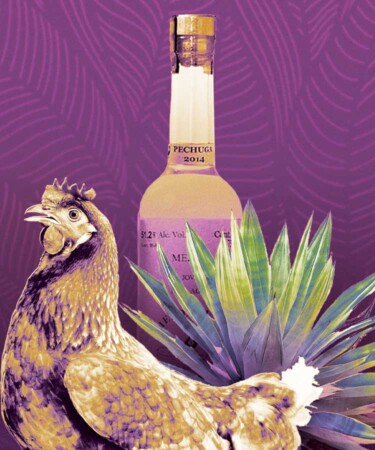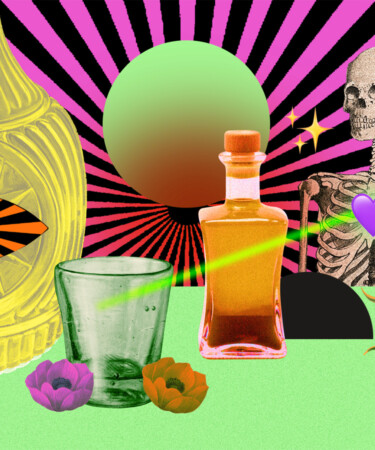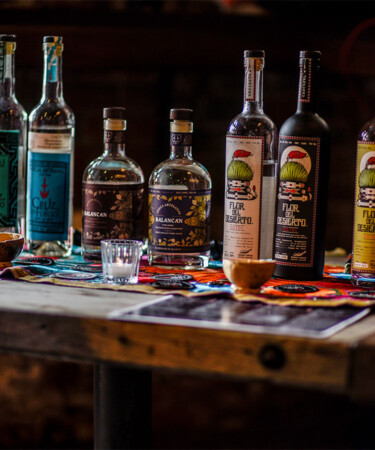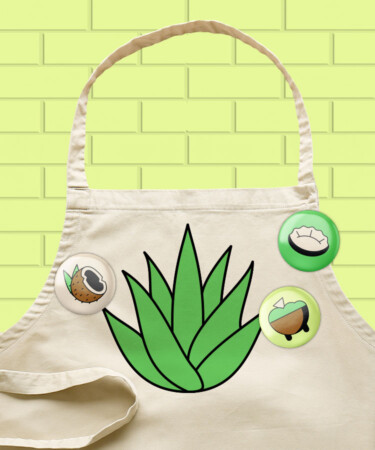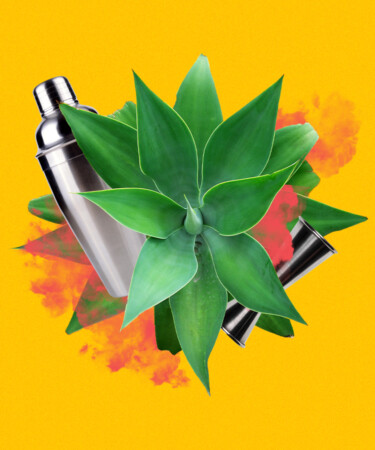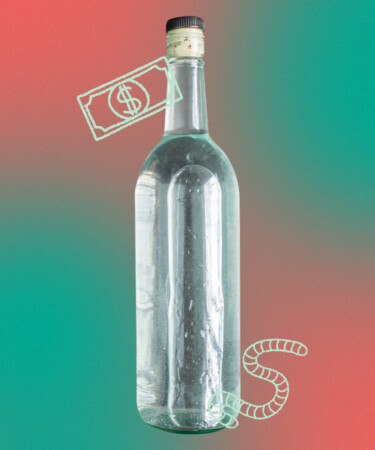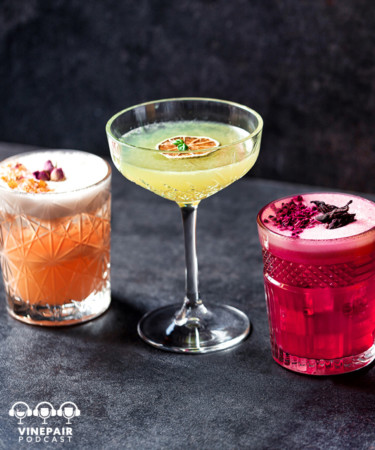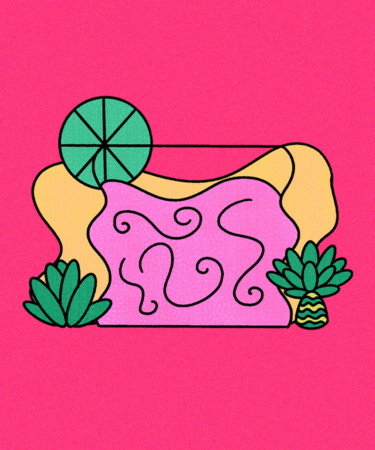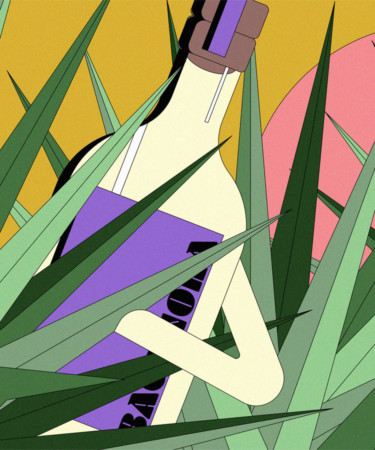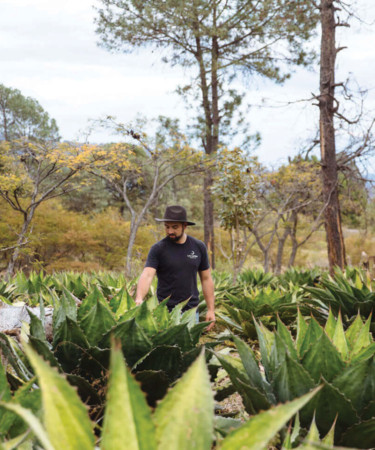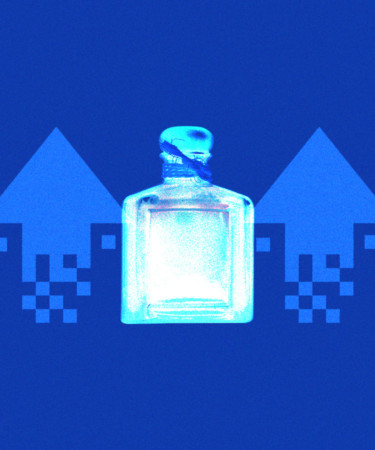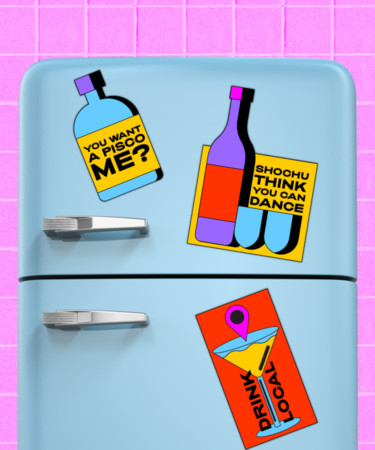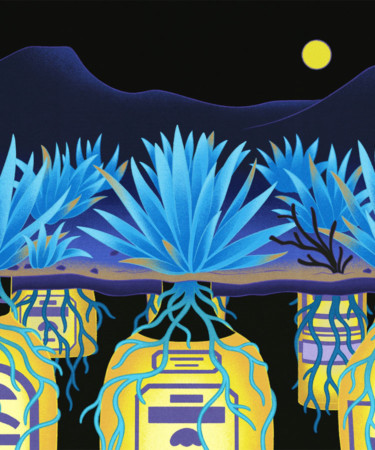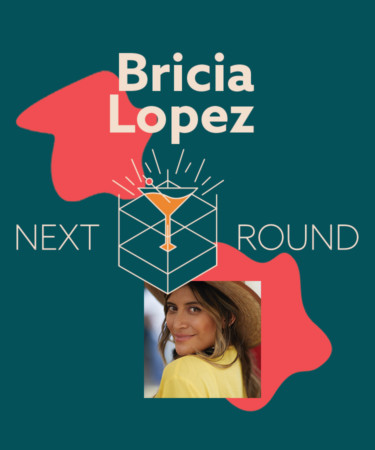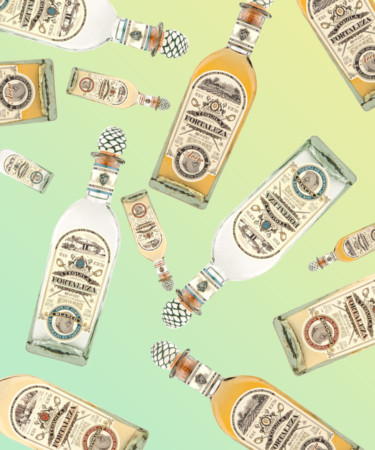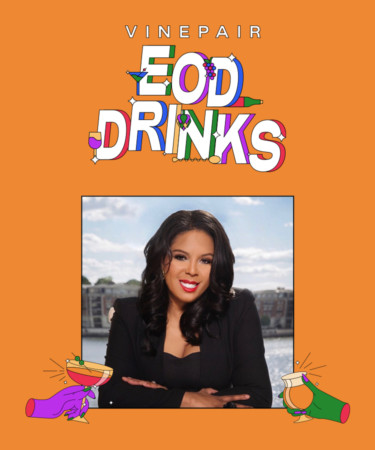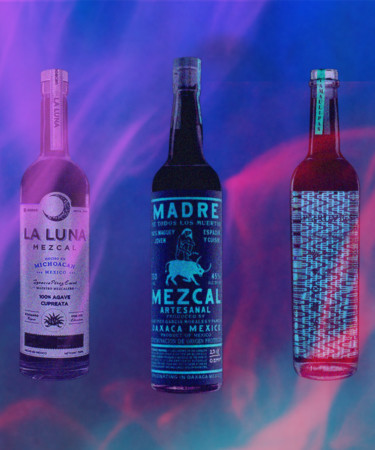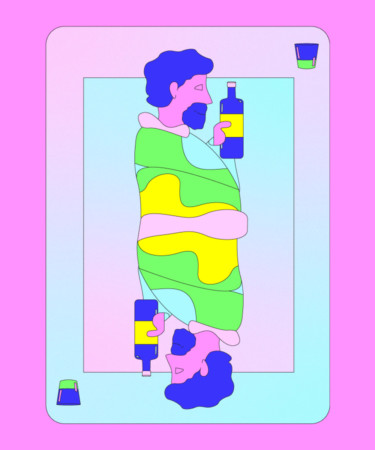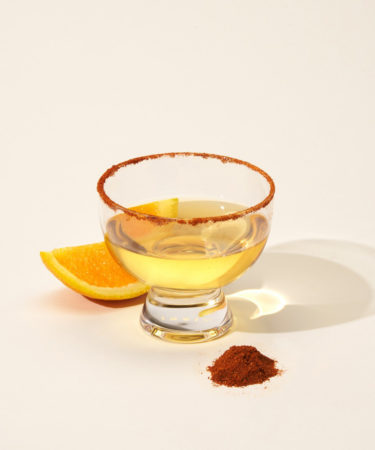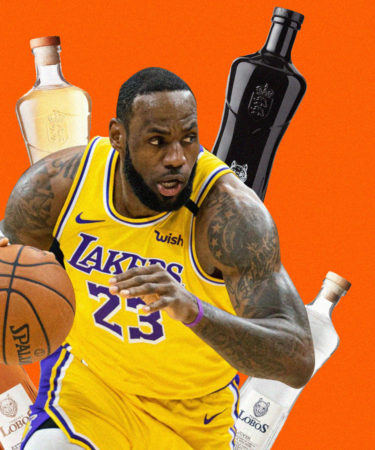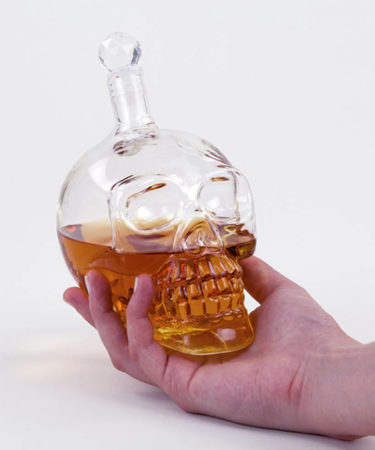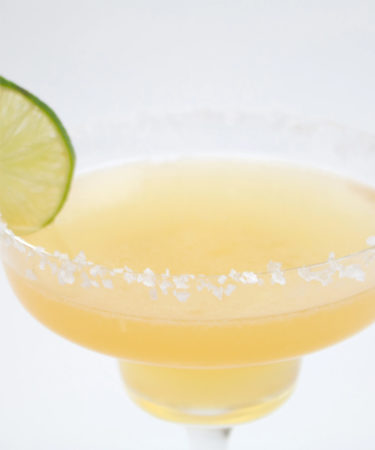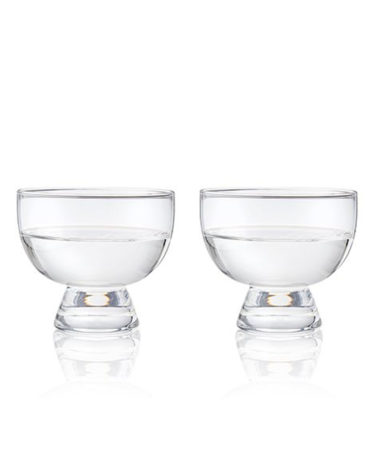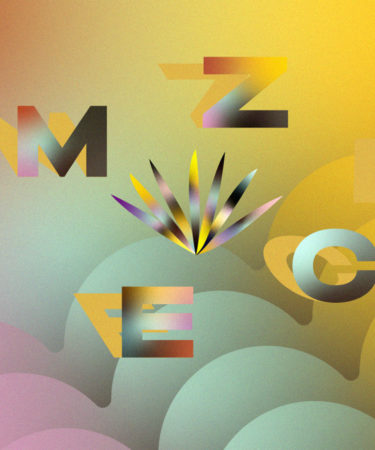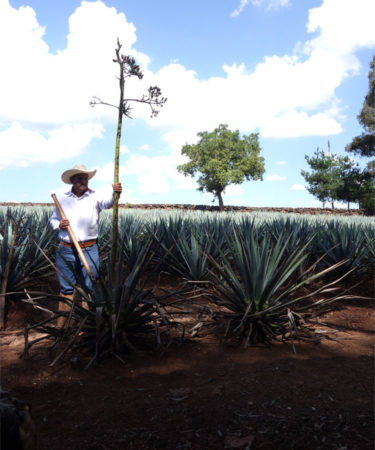Table Of Contents
Mezcal 101
Last Updated: February 2, 2024
It’s easiest to think of mezcal as an umbrella term for all agave-based spirits. Much like whiskey is an umbrella term for Scotch or bourbon, mezcal covers several liquors including tequila.
Mezcal vs Tequila (Differences)
The distinctions between mezcal and tequila stem from their origins, the type of agave used, and how each one is made. Mezcal can come from anywhere in Mexico, although it’s most common to hail from the Oaxaca region. Tequila must come from the tequila region in the Mexican state of Jalisco. Both spirits are made from agave. While mezcal can be made from more than 30 types of agave, tequila must be produced from one specific kind: blue Weber. In regards to flavor, mezcal has a signature smoky character which comes from cooking the agave in underground pits before fermentation and distillation. Tequila, on the other hand, is cooked by slow-roasting (and steaming) the agave in above-ground ovens.
How Mezcal is Made
Production of mezcal is very traditional. It begins with earthen pits that are lined with lava rocks. The rocks burn for 24 hours before the heart of the agave (called the piña) is added. The underground oven is filled with burning wood and covered with dirt, allowing the piña to smoke and cook for about three days.
The cooked piñas are crushed and mashed by a stone wheel (sometimes turned by horse) then fermented in large barrels. Once fermented, the resulting liquid gets distilled.
Some mezcal producers have adopted more modern methods and techniques. But traditional methods have been retained by most artisanal producers because it’s the most effective way of retaining character and ensuring mezcal’s signature smokiness.
How To Drink Mezcal
In Oaxaca, mezcal is traditionally sipped straight alongside a slice of orange and pinch of chili salt. In the United States, mezcal is making a splash in craft cocktail circles and is becoming common to see used in drinks like Old Fashioned and Daiquiris, and more. It’s also an excellent substitute for tequila in cocktails like Margaritas and Palomas.
Learn more about this spirit, its uses, and its most recent developments in the articles below.
Mezcal Essential Info
- Color: Clear, light gold, amber
- Region: Made in several specific regions, but the majority of Mezcal is made in Oaxaca
- ABV: 40% ABV
- Aged: Yes. Joven (0-2 months); Reposado (2 months-1 year); Anejo (1-3 years); “Extra Anejo” (new category for mezcal, typically older than 3 years)
- Made from: A variety of agaves (unlike tequila, which can only be made from Blue Weber), typically made with Espadin agave
- Commercial Examples: Del Maguey Vida, Fidencio, Pierde Almas, Illegal, El Buho
- Popular Cocktails: Because it’s relatively recent to the U.S., there aren’t many “classics,” but many, many classic-style cocktails are being built around the mezcal flavor profile
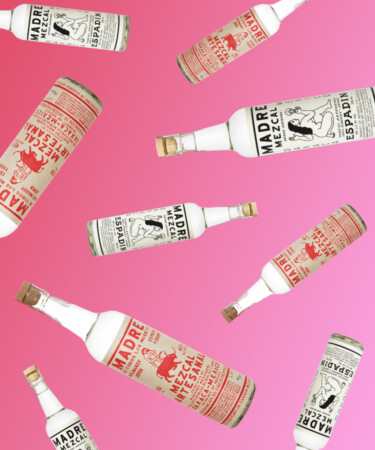
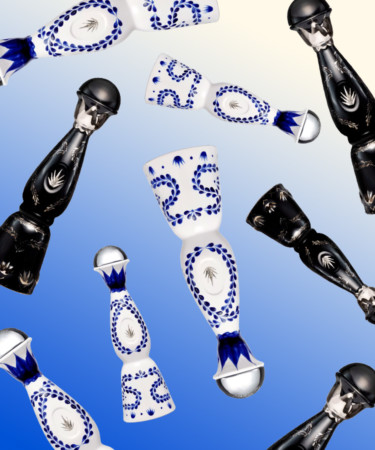
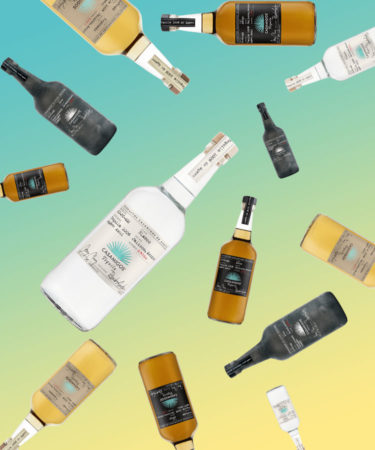
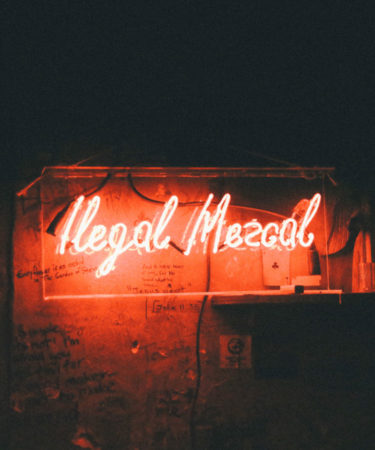
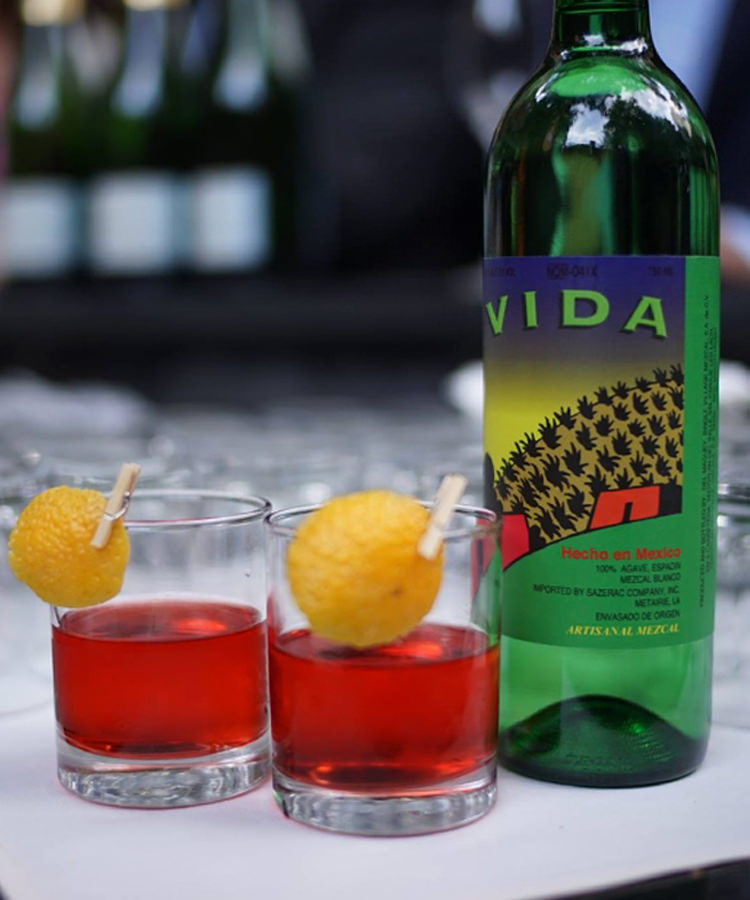
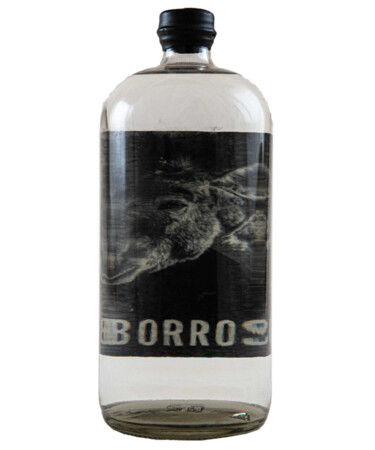
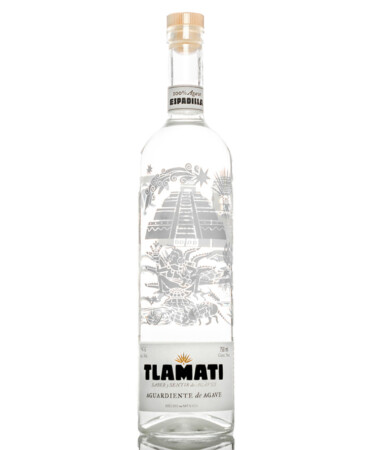
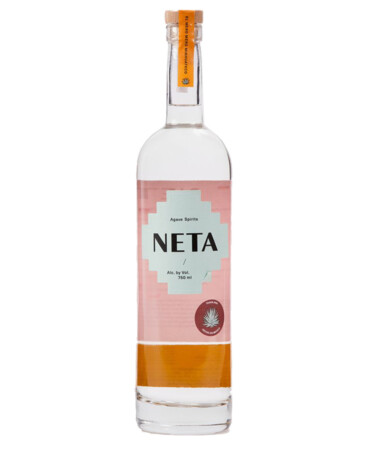
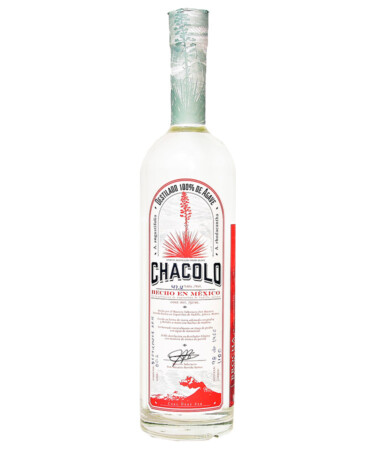
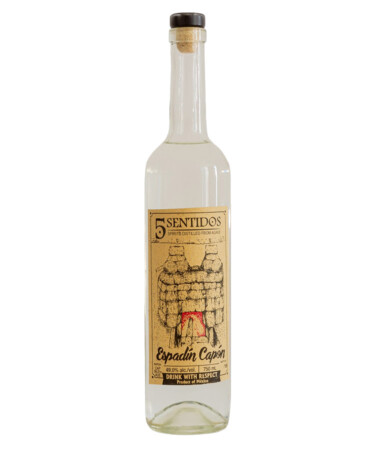
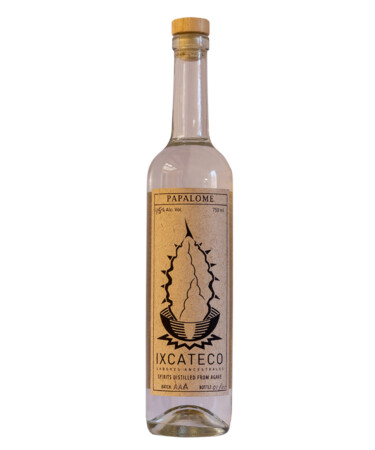
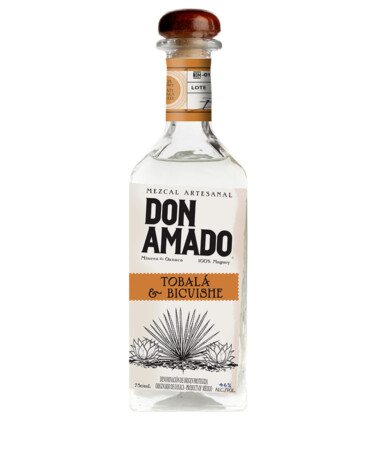
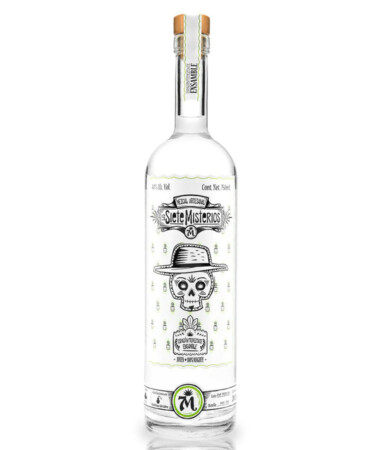
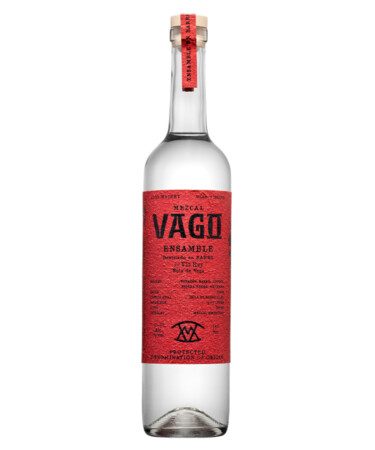

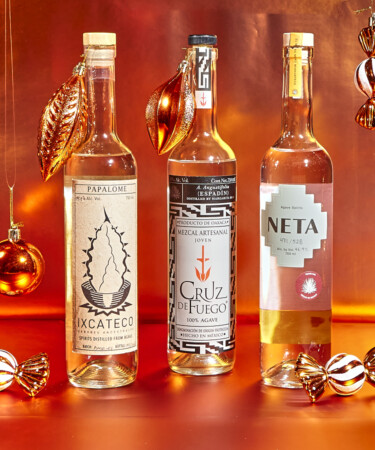
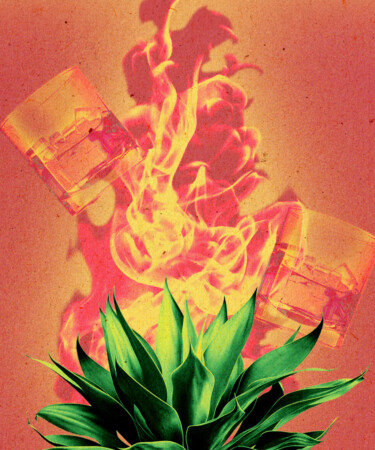
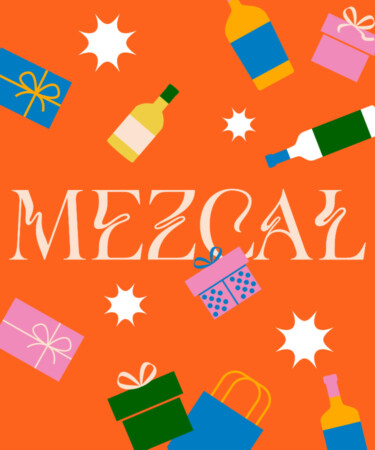
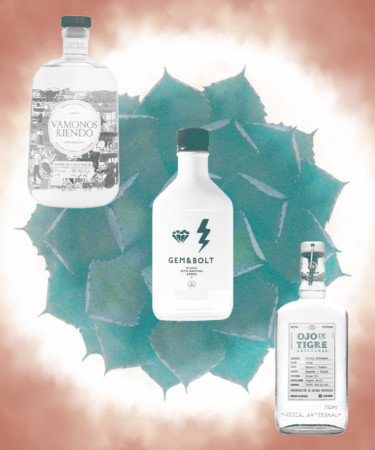

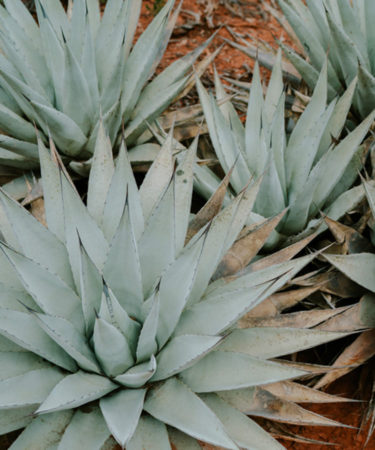

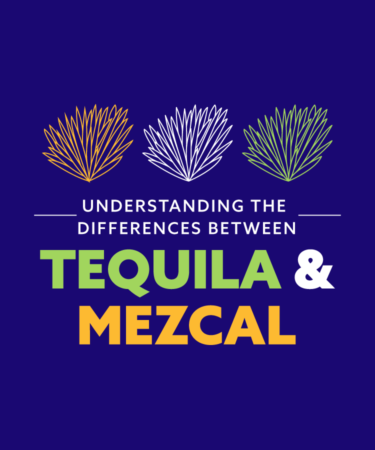
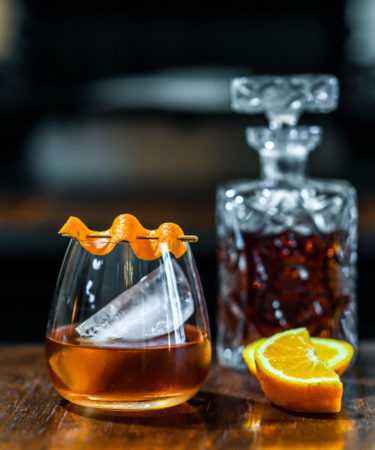
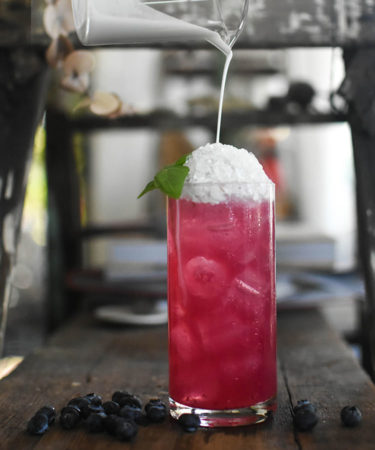
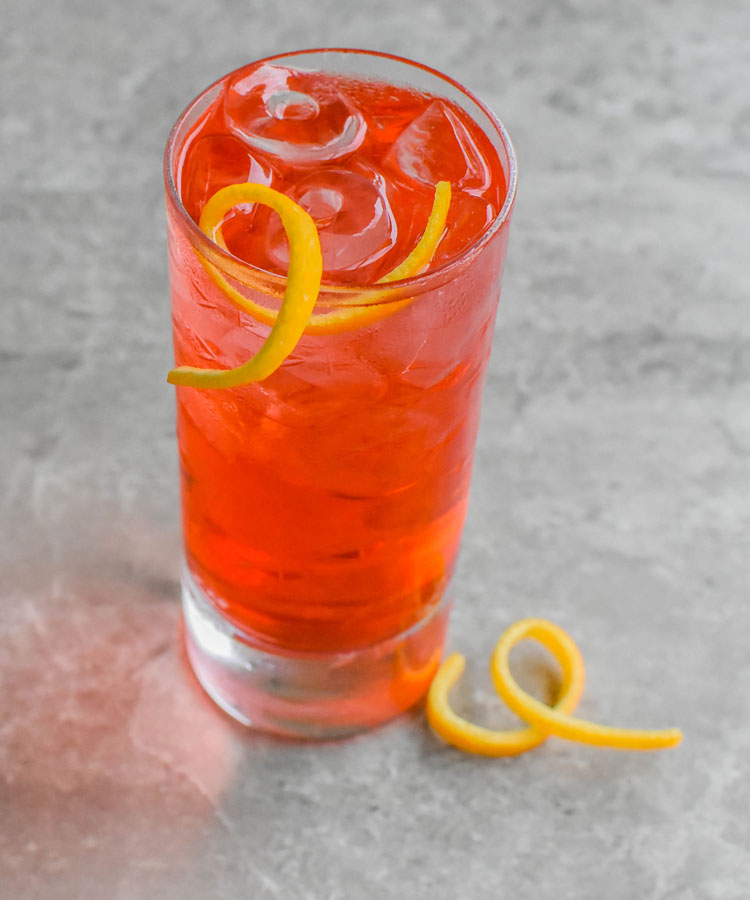
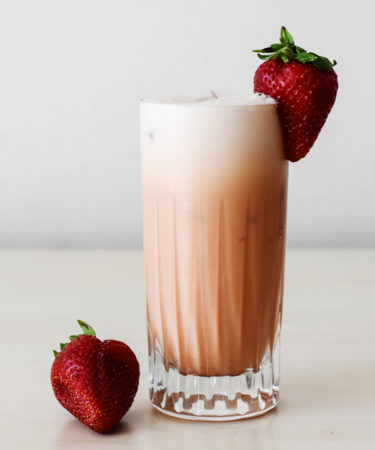
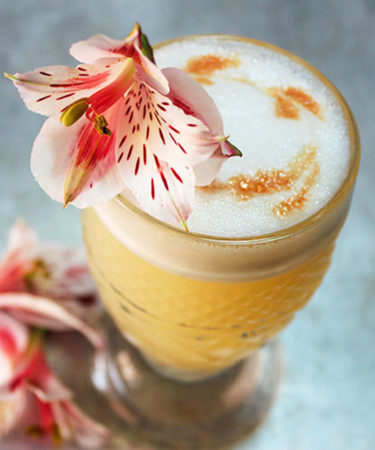
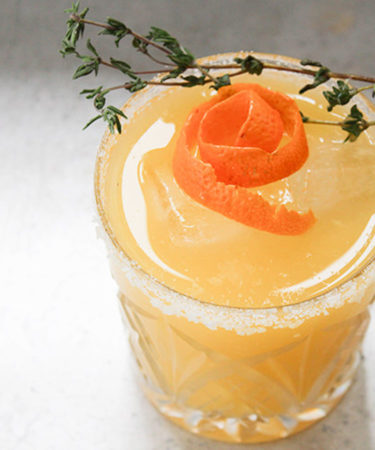
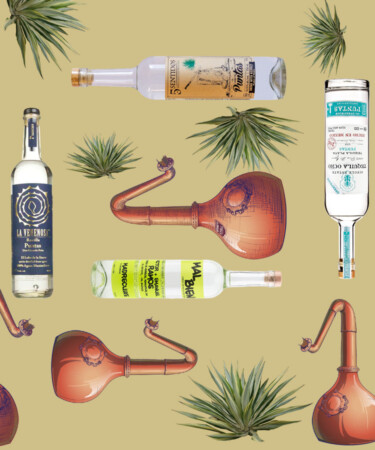
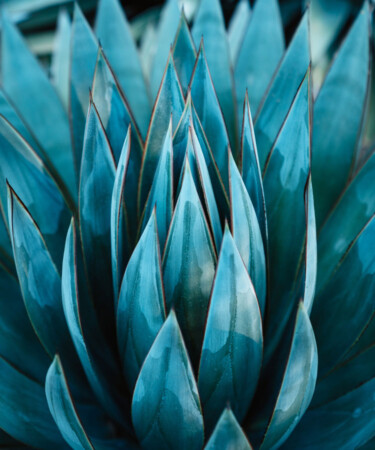
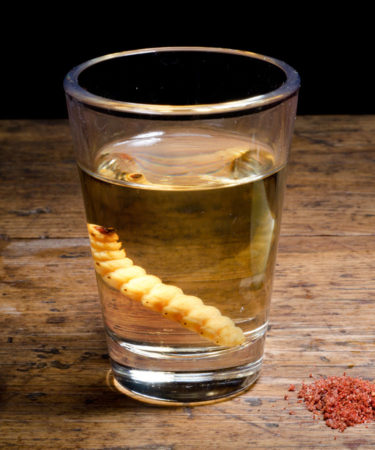

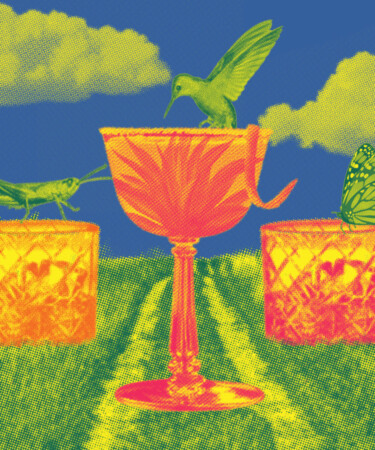
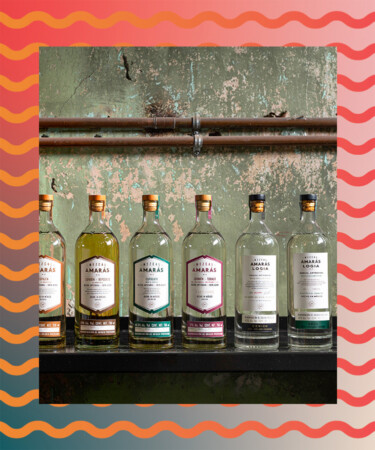
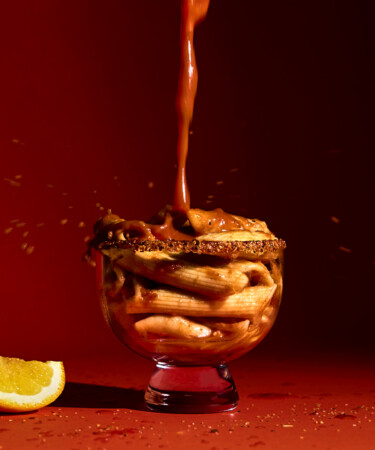
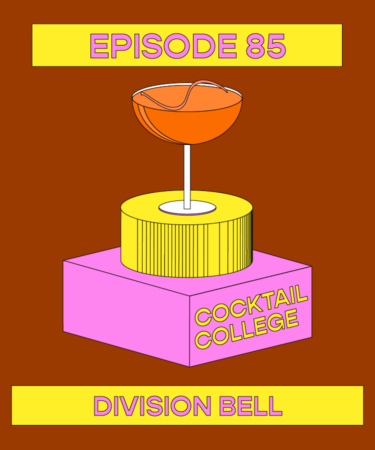
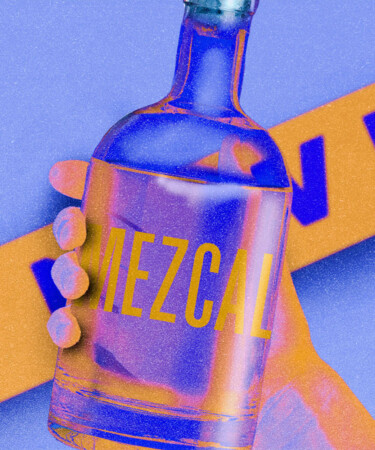
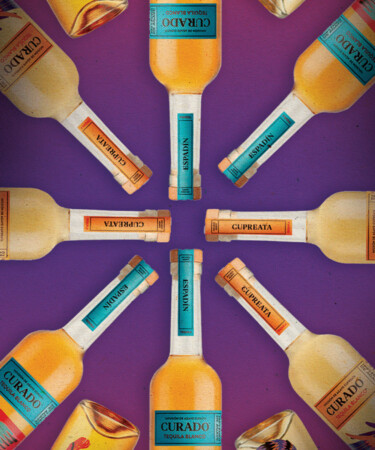
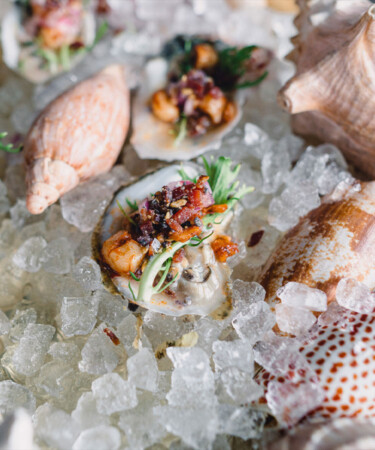

![Everything You Need to Know About Tequila & Mezcal [Infographic]](https://vinepair.com/wp-content/uploads/2022/12/thebar-infographic5-card-375x450.jpg)
